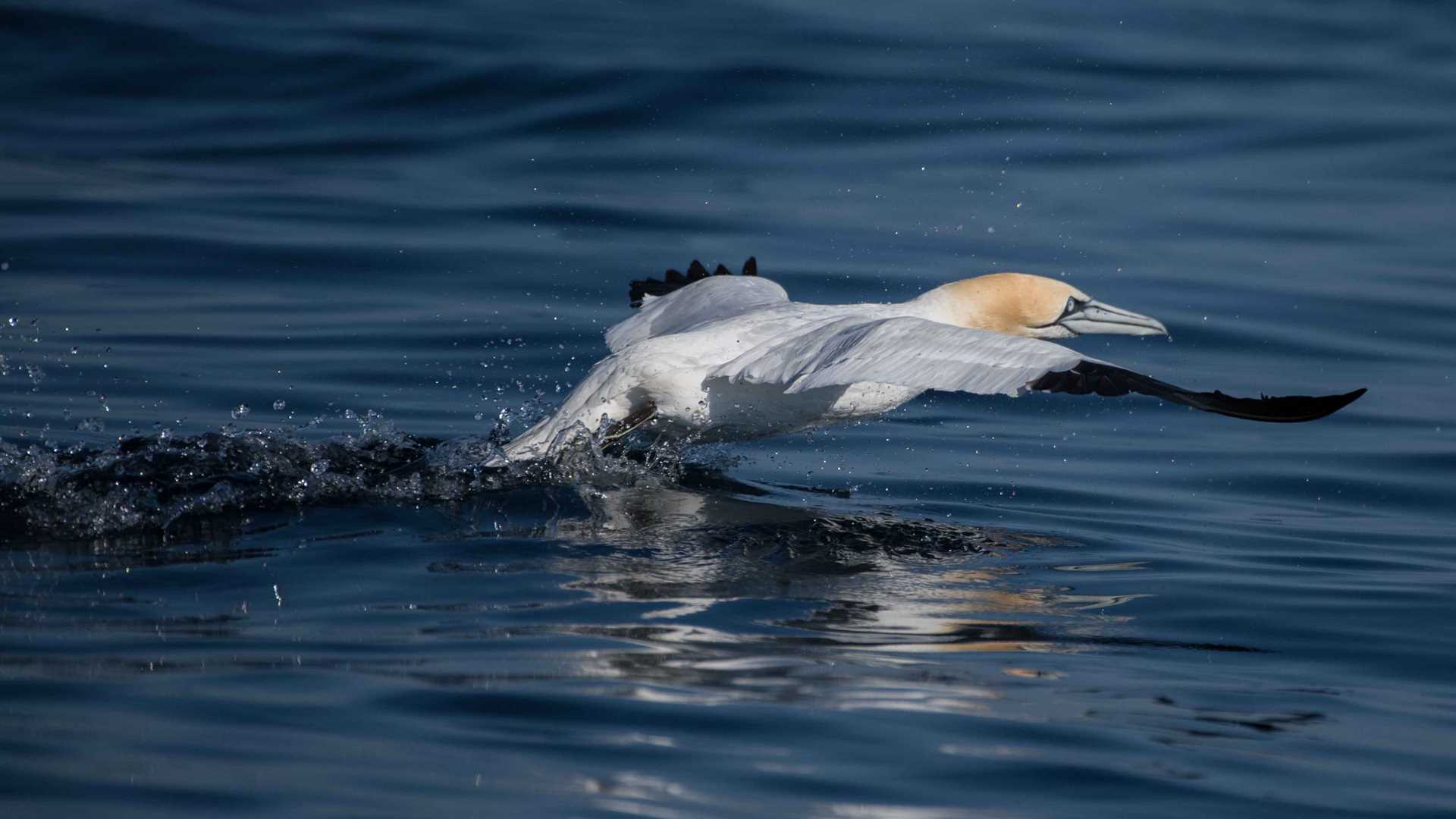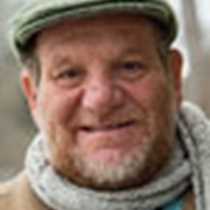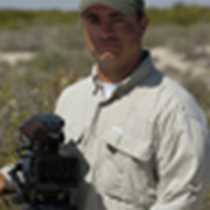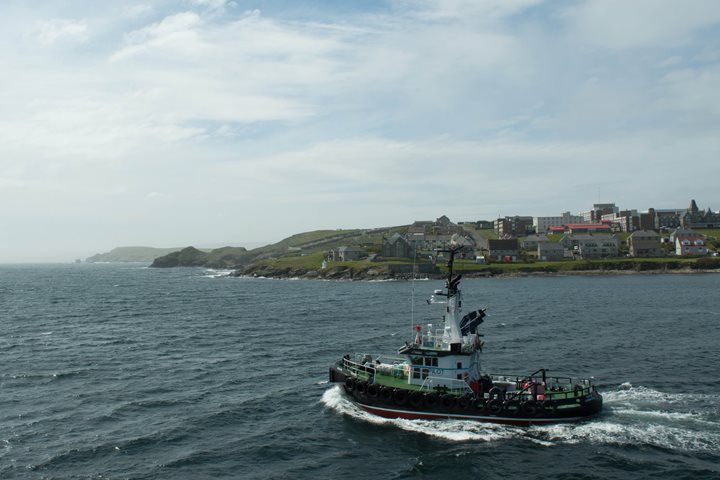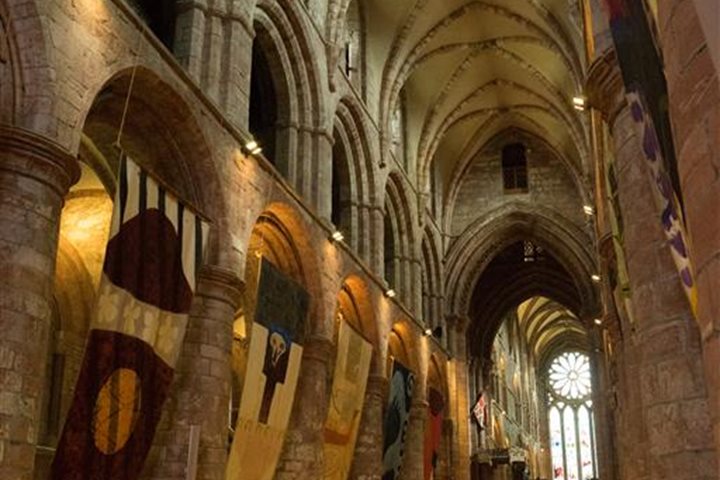It is sometimes the case that as a staff member, you do not have the time to look outside before heading out for the days adventure. You may have gear to prepare, or meet a guest with questions, or a host of other circumstances that keeps you in the dark about what lies outside the hull of the ship. This morning was one of those times for me. My first glance of the outside was when I was at the side gate, getting into my zodiac to prepare it for the guests that would soon be climbing aboard for the morning outing. Before me was the open ocean. I stowed the lines, checked my fuel, and then began to motor to the other side of the ship where the island of Little Skellig would be in my sight. As I rounded the bow I started to hear the calls of seabirds and then, coming into view was the sight of tens of thousands of northern gannets swirling above this island of rock. It was an overwhelming experience. As I came to my senses, I took note of my surroundings as the awe of the moment slowing started to sink in. Lines of gannets came into the island, returning from their wanderings at sea. Then, for every bird that returned home, another, on a ledge, would take flight to return to the sea, for its turn at feeding. On the island, each layer of stratified sandstone was filled with birds, each finding its special spot on which to make its nest. For the next few months, this rock will be the site of a wildlife spectacle of new life, and death, before, nesting season over, the birds leave it on its own, a lonely outpost in the throes of the North Sea. Once the guests had joined me, we motored around Little Skellig for a closer look. Swirls of birds flew above us, and grey seals swam as close to us as they dared before making their get-away with a splash. Our time at the colony went quickly, and then it was time to return to the ship for the rest of the morning.
Once aboard, we scampered to the upper decks to view the second of the Skellig’s, Skellig Michael, or Great Skellig. Skellig Michael was the site of a Christian Monastery that was settled between the 6th and 8th century. It was continuously occupied until it was abandoned in the 12th century. The site itself is located 600 feet above the ocean’s surface and contains two beehive cells, two oratories, and a number of crosses and stone slabs. There is also a church from medieval times.
Afterwards we would have one more treat before lunch, a talk from Ashley Bennison a local biologist who talked about his research here on the coast of Ireland.
In the afternoon we disembarked at the quaint town of Dingel. Some of our guests went on a hike through the Irish countryside, arguably some of the prettiest on the planet, while the rest of us loaded buses for a two hour excursion that brought us along the coast to view ancient ruins, dramatic coastline, and picturesque farms. When finally we returned to town, we were treated to an Irish institution, Murphy’s Pub. The perfect way to end our day of exploration.

